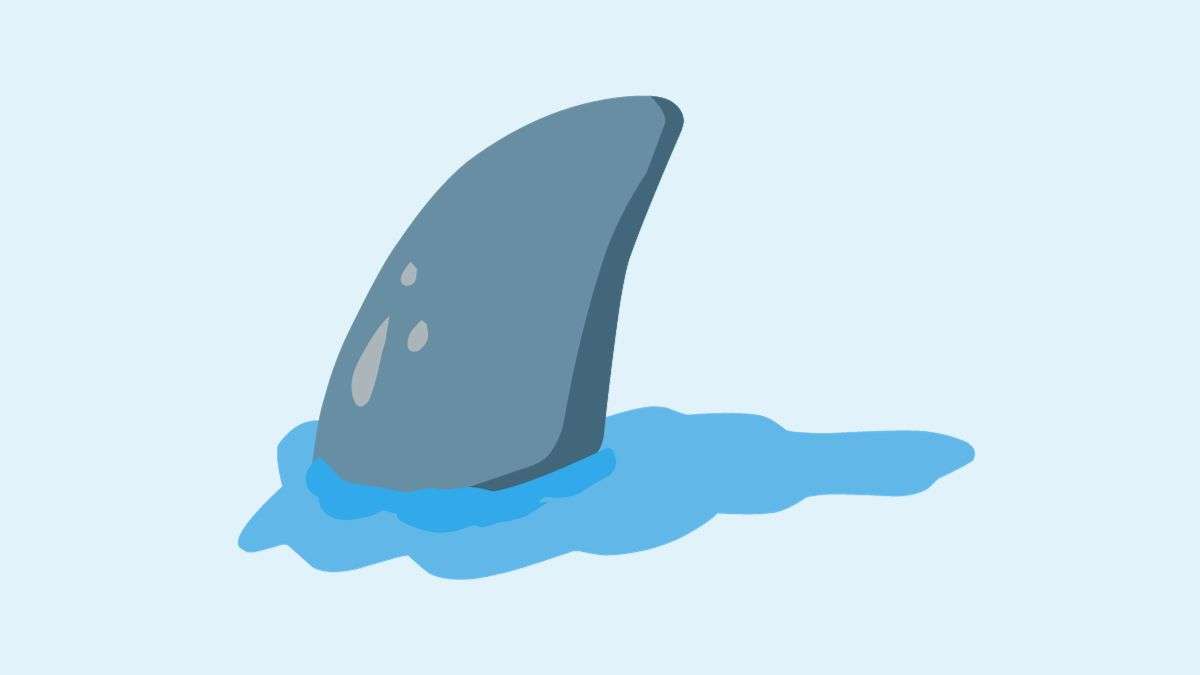Table of Contents
- Introduction
- What Are Predatory Journals?
- Why It’s Crucial to Learn How to Identify Predatory Journals
- How to Identify Predatory Journals
- Conclusion
Introduction
The write-up delves into how to identify predatory journals. Predatory journals have become increasingly prevalent in academic publishing over the past decade.
By some estimates, over 10,000 predatory journals are now publishing over 400,000 papers per year. This explosion of questionable journals threatens to undermine the integrity of scholarly communication. Therefore, researchers, institutions, and the public must understand what defines predatory practices and why identifying such journals matters for protecting credibility in research.
The rise of open access publishing has enabled the proliferation of journals more focused on profits than quality. These predatory journals exploit the publish-or-perish culture in academia to collect article processing charges, often without providing rigorous editorial or peer review services. Intentionally deceptive tactics, aggressive email solicitations, and false claims about indexing and impact factors are commonly used to attract submissions and collect fees.
Publishing in illegitimate journals has consequences reaching far beyond individual authors. Lowered publishing standards undermine trust in the research literature, academic evaluations, and even policy decisions informed by questionable findings.
Institutions and funding agencies also face reputational risks by associating with predatory journals. That’s why coordinated efforts to limit predatory practices, educate researchers on how to identify predatory journals, and promote transparent, ethical publishing models are vital for the future of scholarly communication.
What Are Predatory Journals?
Predatory journals are publications that exploit the open access model for academic publishing by charging authors fees without providing proper editorial services. They engage in deceptive practices such as aggressive email solicitations to academics and exaggerated claims about indexing and impact metrics. Unlike legitimate open access journals, predatory journals prioritize financial profit over scholarly rigor and integrity.
Characteristics of Predatory Journals
Several key characteristics can help identify predatory journals:
- Lack of adequate peer review – Articles may not go through proper peer review by experts in the field.
- Quick acceptance and publishing times – Predatory journals promise rapid publication timelines, sometimes as little as 3 days, to attract more article submissions and collect publication fees.
- No fee transparency – Details on article processing charges or other fees may not be readily disclosed upfront.
- Fake editorial boards – These journals may list academics on their editorial board without their permission or knowledge.
- Poor website quality – Predatory journal websites often contain spelling/grammatical errors, dead links, and other indicators of low quality.
Examples of Predatory Practices
Some specific examples of predatory journal practices include:
- Spam emails soliciting article submissions and guest editor roles.
- Falsely claiming to have high impact factors or be indexed in major academic databases.
- Appointing fake academics or celebrities to editorial boards without their consent.
- Charging authors for articles to be open access without making them freely available.
- Providing little to no copyediting, typesetting, or formatting services despite collecting steep fees.
These practices compromise the quality of published research and damage academia’s reputation. Scholars must be able to recognize signs of predatory journals.
Why It’s Crucial to Learn How to Identify Predatory Journals
Publishing in predatory journals poses significant risks that can damage researchers’ reputations and compromise the quality of their work. Predatory journals often lack rigorous peer review, enabling the publication of low-quality or even fraudulent research. This can diminish perceptions of individual researchers’ credibility. Furthermore, the questionable practices of some predatory journals could enable plagiarism or duplication of research, failing to uphold ethics and academic integrity. We need to comprehend about their characteristics and then learn how to identify predatory journals.
Risks Associated with Publishing in Predatory Journals
The most pressing risks of publishing in predatory journals relate to reputational harm and research quality:
- Association with predatory journals can hurt researchers’ professional standing and perceptions of their scholarship.
- Lack of editorial oversight can result in publishing substandard, unvetted research.
- Predatory journals may fail to handle sensitive data, compromising research ethics properly.
- There are limited quality controls and assurance processes to prevent plagiarism or duplication.
Impact on Academic Institutions and Public Trust
The proliferation of predatory journals also has damaging implications for academic institutions, funding bodies, and public faith in published research:
- Institutions with many researchers publishing in these journals can experience reputational damage.
- Research performance metrics become less meaningful and reliable.
- Research funders may unwittingly support low-quality studies.
- Public trust in research can erode if fraudulent studies remain unchallenged.
Ethical Responsibilities
Researchers are ethically obligated to uphold academic integrity by avoiding association with exploitative or deceptive publications. Responsible publishing practices, including thorough vetting of potential journals, are paramount.
Additionally, institutions should provide resources and education to promote ethical publishing and identification of predatory journals. Transparency and commitment to academic quality standards are essential.
How to Identify Predatory Journals
Evaluating the credibility of a journal is crucial before considering submitting your research. Look beyond the journal’s title and website design to examine key quality indicators, including indexing in reputable databases, transparency around peer review, and the expertise of editorial board members.
Check Journal Indexing
- Legitimate journals are typically indexed in Scopus, Web of Science, or PubMed databases.
- Indexing signifies that a journal meets certain standards of quality and accessibility.
- Be wary of questionable claims of indexing that can’t be verified or don’t lead to a journal’s actual presence in major databases.
Examine the Peer Review Process
- High-quality journals describe their peer review process, including the number of reviewers, timelines, and decision criteria.
- Vague or non-existent information about peer review may indicate that meaningful review does not occur.
- Contact journal editors if peer review details aren’t clear to understand their process before submitting.
Verify Editorial Board Expertise
- Legitimate journals have editorial boards with recognized experts capable of evaluating submissions.
- Predatory journals may list bogus experts or scholars unaware of their board involvement.
- Research editorial members through citations, publications, and institutional affiliations.
In addition to journal practices, be alert to potential red flags in interactions with publishers, such as aggressive solicitation, unrealistic promises of rapid publication, and excessive publication fees. Consult journal blacklists and whitelists when unsure. Protecting research quality and ethical standards requires diligence in assessing journal legitimacy. END OF SECTION
Conclusion
We have explored how to identify predatory journals and ways to avoid them. In summary, researchers should employ several vital strategies to identify predatory journals. Evaluating indexing, peer review rigor, editorial boards, and being aware of red flags can help determine if a journal meets quality standards. Resources like whitelists and blacklists also serve as helpful verification tools.

Academics have an ethical responsibility to make informed publishing decisions. Avoiding predatory journals can protect research quality, institutional reputations, funding integrity, and public trust. I encourage all researchers to prioritize transparent, ethical publishing practices.
